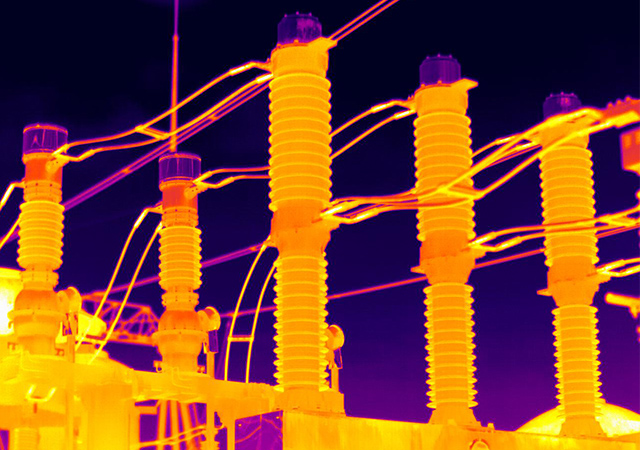Infrared camera cores have become essential tools for power maintenance and inspection in a range of applications. This technology, also known as thermography, uses infrared radiation to detect temperature differences on surfaces and equipment, helping to detect hotspots indicating potential problems. In the power industry, thermal imaging can be used for everything from detecting faulty connections to monitoring the temperature of transformers, motors, and switchgear.
Infrared camera cores designed for power maintenance are typically compact and lightweight, making them ideal for use in handheld devices, drones, and other mobile platforms. They are designed to detect thermal anomalies, thereby preventing power outages and other costly maintenance issues. With thorough inspection and early detection of anomalies, devices and equipment can be serviced before an issue occurs, saving costs and reducing downtime.

These infrared camera cores can detect temperature differences as small as 0.1°C and provide high-resolution thermal images with a range of advanced features and options. For example, they can display real-time, high-resolution images with high-temperature sensitivity (NetD), allowing operators to receive immediate analysis and mitigate potential issues early.
Infrared camera cores designed for power maintenance are equipped with advanced firmware and software systems, such as trending software for image processing and data recording. This allows operators and engineers to monitor changes over time accurately. The software can also identify potential problems and automatically alert operators to situations requiring further investigation or maintenance.

Infrared camera cores are often used to monitor power distribution systems in supply networks and are valuable in locating thermal issues such as hotspots, overload conditions, and faults. These cores can help identify conditions that could lead to equipment failure, enabling operators to schedule maintenance and prevent costly shutdowns or outages.
In conclusion, infrared camera cores have become essential tools for power maintenance, detecting potential issues that can help operators and engineers plan a more efficient maintenance schedule and prevent unplanned outages. With excellent performance, high-temperature sensitivity, and advanced features, infrared camera cores have allowed the power industry to increase its reliability by detecting and correcting issues early, saving time and money. As technology advances, infrared camera cores will continue to play a crucial role in power maintenance and inspection.
Go Top